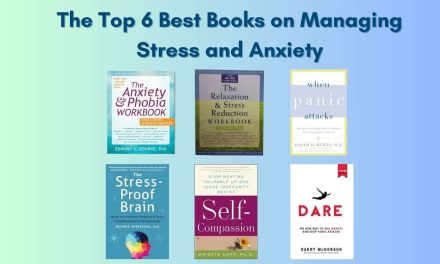In Canada, over one third of marriages end in divorce. Yet, only a few get help to feel better again. My story shows healing needs a plan. This guide will
help you find yours.

How to Emotionally Heal After Divorce: A Step-by-Step Guide
Divorce is not just the end. It’s a chance to find yourself again. My guide has steps to help you, from feeling your emotions to startig new habits. Healing is not always easy, but with a plan, you can do it.
Key Takeaways
- A structured approach reduces overwhelm during recovery.
- Personal stories highlight common challenges and solutions.
- Canadian resources like support groups and therapists play a key role.
- Small daily habits, like mindfulness, foster lasting change.
- Healing is possible through self-compassion and community.
Understanding Your Emotional Landscape Post-Divorce
Divorce changes your feelings a lot. It’s important to understand these changes for emotional healing after divorce. At first, I named my feelings like sadness, confusion, or feeling relieved. This helped me understand and grow.
Identifying Your Emotions
I started by accepting all my feelings without judging. Here’s how I began:
- Journaling daily to track emotional shifts
- Discussing patterns with a licensed therapist
- Practicing mindfulness to stay grounded
Finding Clarity in Your Feelings
Clarity came when I asked myself tough questions:
- What triggers specific emotions?
- How do past experiences influence my current reactions?
- What steps can I take to reframe negative thoughts?
Friends and online groups in Canada gave me new ideas. Sites like Divorce Support Canada helped me share and learn.
Every feeling teaches us something. By facing them, I started rebuilding my life. This journey isn’t easy, but it’s key to moving forward.
How to Emotionally Heal After Divorce: A Step-by-Step Guide
Healing after divorce is a journey, not a race. It’s about taking small, careful steps. Here’s how I started to rebuild my life:
- Acknowledge your emotions without judgment. Let yourself feel grief, anger, or relief. Journaling helped me track my healing after divorce tips progress.
- Set boundaries. Say no to toxic conversations or people who dismiss your pain. Protect your mental space.
- Prioritize self-care routines. Morning walks, yoga, or even cooking nourishing meals became my daily healing practices.
- Seek support. Joining a local group like DivorceCare or talking to a therapist in Ontario gave me tools to move forward.
- Create new rituals. Redecorating my home or starting a new hobby reconnected me with my identity beyond the marriage.
A therapist once said,
“Healing isn’t about forgetting—it’s about learning to live fully again.”
I learned this truth by focusing on what I could control. Small actions build momentum. Celebrate progress, not perfection.
Remember, healing after divorce tips work best when tailored to your needs. Be patient—your path is unique.
Navigating the Divorce Recovery Process
Every divorce recovery is different. But one thing is true: healing needs support and a new view. My journey showed me that starting over begins with being honest with yourself and open to new things.
Assessing Your Support System
During my divorce recovery, I found three key supports:
- Family and friends who listen without judging
- Professional counselors for post-divorce help
- Online groups like DivorceCare Canada for shared stories
Recognising New Beginnings
“Grief ends where gratitude begins,” a therapist once told me. This changed how I saw my journey.
Small steps are important: joining a book club, taking art classes, or volunteering. They helped me find myself again. Celebrate your first solo trips or new hobbies. They show you’re moving forward. Trust your own recovery pace. Every challenge is a step towards renewal.
Healing from Divorce Emotionally: My Personal Journey
My journey to healing from divorce emotionally started when I saw pain as a guide. I felt lost for years. Then, I began helping at a local support group.
Sharing my story helped others who were going through the same thing. It turned my sadness into a reason to help others. I learned to see my experiences as tools, not just wounds.
Turning Pain into Purpose
I found that small acts of kindness were the most important. I started tutoring teens at a community center. It brought me joy, something divorce had taken away.
This change didn’t happen fast. It took time, like growing plants in hard soil. But slowly, helping others grow in confidence helped me grow too.
“We rise by lifting others.”
Rebuilding Self-Confidence
I learned to value myself again through small daily habits. I started with morning walks, journaling, and setting small goals. I also joined a pottery class.
It taught me to be strong, like clay that can be reshaped. Every setback was a lesson, not a failure. Learning to trust myself again was like finding a forgotten language.
Now, I help new members at the support group I once joined. My journey isn’t straight, but it’s mine. Every step, forward or backward, is part of healing from divorce emotionally.
Sharing my story isn’t about being perfect. It shows that renewal starts when we dare to begin again.
Steps to Heal After Divorce: Practical Tips
Small, consistent actions make a big difference when healing after divorce. Recovery is about daily choices that help us feel better. Here’s how I made progress:
- Set tiny daily goals. A 15-minute walk, writing in a journal, or making a favorite meal. Celebrate these wins—they build momentum.
- Create a morning routine. Mornings set the day’s rhythm. I started with coffee, a gratitude list, and stretching—simple steps to regain control.
- Limit isolation. I joined a book club and made weekly calls with friends. Connection, even in small doses, fights loneliness.
- Carve out mindful moments. Five minutes of deep breathing or a sunset walk quieted my racing thoughts.
“Healing requires patience and self-compassion. Progress isn’t linear, but every step forward matters.”
I tracked progress in a calendar, marking each task I completed. Seeing checkmarks grow reminded me I wasn’t stagnant. The steps to heal after divorce aren’t one-size-fits-all—experiment to find what lifts your spirit. Start today, even if it’s just one thing. Every effort counts.
Coping After Divorce Emotionally: Strategies That Worked for Me
Rebuilding emotional strength after divorce takes small steps. I found that doing little things every day can make a big difference. Here are the steps that helped me.

coping after divorce emotionally strategies
“Emotional healing isn’t linear, but proactive steps can guide you forward.”
Mindfulness became my anchor. I started with daily five-minute meditations to stay present. Apps like Calm and local mindfulness workshops helped me manage stress. These moments of calmness changed how I saw my journey.
- Try guided breathing exercises when overwhelmed.
- Join a community class or online group to stay connected.
Professional support was key. Talking with a licensed therapist in Ontario gave me tools to process grief and rebuild confidence. Support groups through Canadian Mental Health Association chapters also provided a safe space to share experiences.
Surrounding myself with positive relationships was transformative. I reconnected with old friends and joined local hobby groups. These interactions replaced isolation with hope, reinforcing my sense of belonging.
Coping after divorce emotionally isn’t about quick fixes—it’s about steady, compassionate choices. By prioritizing self-care and reaching out for help, I found resilience I didn’t know I had.
Overcoming the Stigma of Divorce
When I first told my friends about my divorce, I felt a lot of pressure. People often think divorce is a failure. But my experience showed it’s a chance to be honest and grow.
It’s important to reject old ways of thinking and value ourselves. This is how we start to change.
“Strength isn’t about staying in a broken system—it’s about choosing what heals you.”
- Question assumptions: Ask, “Why does this situation define my worth?”
- Seek communities that celebrate resilience, not shame.
- Share your story on your terms—owning your narrative dismantles stereotypes.
In Canada, things are slowly getting better. But we need to be brave. I stopped listening to what others thought. This let me heal without feeling guilty.
Follow your own path. Every choice you make that puts your well-being first is a challenge to old ways. You don’t need anyone’s okay to do well.
Embracing New Opportunities and Self-Discovery
My journey through divorce showed me that endings can lead to new starts. What felt like loss at first opened up new parts of me. Here’s how I made this a time for growth:
- Rediscovering passions: I picked up painting and hiking again to find joy.
- Setting small goals: Starting a morning journal or taking a pottery class helped me feel better about myself.
- Exploring new paths: Volunteering and taking online courses showed me my hidden strengths.
“Divorce isn’t an end—it’s a doorway to rediscovering who you are beyond the label of ‘spouse.’”
Changing doesn’t mean forgetting the past. It’s about moving forward and renewing yourself. I found courage in trying new things like pottery or joining a book club. These small steps changed my mindset from “I survived” to “I’m still growing.”
Don’t worry about being perfect. Try something new, like cooking or visiting a new city. The goal is to discover yourself again. Every small step is a win in rewriting your story.
Divorce Emotional Support: Building a Network
Rebuilding after divorce means leaning on others. My journey taught me that a strong support network isn’t just helpful—it’s essential. Whether through loved ones or organized groups, connecting with others can ease the weight of grief.

divorce emotional support
Family and Friends
Start by opening up to trusted family and friends. Let them know how they can help. Maybe ask a sister to join a walk or a friend to listen without judgment.
Setting clear boundaries matters too—like saying no to unsupportive interactions.
Support Groups in Canada
Canadian communities offer safe spaces to share experiences. Groups like DivorceCare or local church programs provide structured support. I found joining a weekly session at a community center in Toronto gave me perspective and hope.
“You don’t have to walk this path alone.”
- Search for provincial resources like Ontario’s Family Mediation Canada or BC’s Separation & Divorce Guide.
- Online forums like SupportGroups.com connect Canadians nationwide.
Building this network takes time, but reaching out is the first step. Every conversation, whether virtual or in person, is a brick in the foundation of healing.
The Role of Professional Guidance in My Healing
Getting help from professionals was a big step for me. Therapists give us tools to deal with feelings we can’t handle alone. Here’s what I learned.
Finding the Right Therapist
I asked friends I trusted for recommendations. I also used the Canadian Counselling and Psychotherapy Association to find licensed therapists. I avoided therapists who seemed too busy or didn’t listen well.
Exploring Counselling Options
- Individual therapy for one-on-one processing
- Couples’ sessions to address unresolved issues
- Group workshops to connect with others rebuilding lives
- Online platforms for flexible virtual appointments
My big moment came when my therapist asked,
“What would you tell someone healing a year from now?”
This question changed my view completely.
Getting professional help isn’t just a last resort. It’s a lifeline. It helped me find ways to cope that fit me, not just general advice. The right support made healing real.
Integrating Self-Care into Everyday Life
After divorce, small choices help a lot. Self-care is key to rebuilding. I started with simple routines that didn’t feel too hard.
Healthy habits start with small steps. Like waking up at the same time every day. Or drinking herbal tea instead of looking at phones.
These small changes really help. Here’s what works:
Healthy Habits to Regain Balance
- Walking 20 minutes daily, even in winter, to feel the cold air and sunlight
- Meal planning on Sundays to avoid last-minute junk food choices
- Setting tech-free hours before bed to calm my mind
Nourishing Your Body and Mind
I learned to eat when I’m hungry, not stressed. Smoothies with spinach and protein give me energy. Writing in my journal for ten minutes each night helps too.
Self-care is about being kind to yourself. Even on tough days, these habits remind me I’m growing. Small steps lead to big changes.
Reflecting on the Journey and Embracing a New Beginning
Looking back, my path to healing after divorce was tough. But it taught me growth comes from hard times. Every step, from feeling emotions to joining support groups, helped me find myself again.
Healing isn’t straight; it’s a journey of small steps. Mindfulness and therapy, like in Toronto or Vancouver, were my guides. They helped me through tough times.
Today, I see the power of support groups. They gave me the courage to keep going. My journey is about finding my strengths and facing new challenges.
Rebuilding finances and finding new identities opened doors to passions I’d forgotten. It’s okay to celebrate small wins. Finding joy in hobbies or solo travel has made me happy again.
To those on this journey, remember: healing is possible. Every day, you can choose hope. Take small steps towards a brighter future.
FAQ
What is emotional healing after divorce?
Emotional healing after divorce means getting over the pain of a broken marriage. It’s about looking inward, getting support, and starting fresh. This helps you move forward.
What are the steps to heal after divorce?
Healing after divorce starts with feeling and naming your emotions. Then, reach out to loved ones for help. Set goals, take care of yourself, and try new things. A clear plan helps you through this tough time.
How long does it take to emotionally heal from divorce?
Healing times vary. It can take months to years, based on your feelings and situation. Be kind to yourself and let healing happen at your pace.
What are some effective coping strategies after divorce?
Good ways to cope include mindfulness, therapy, and journaling. Exercise and positive friends also help. These steps aid in emotional healing and coping.
How can I find emotional support during this time?
Look to family, friends, support groups, and therapy for help. Joining divorce support groups can make you feel less alone.
Is it normal to have mixed emotions after a divorce?
Yes, it’s normal to feel many emotions after a divorce. Sadness, relief, anger, and confusion are common. Accepting these feelings is key to healing.
What role does self-care play in healing after divorce?
Self-care is crucial for your emotional and physical health. Healthy habits like exercise, good food, and mindfulness help you heal and stay on track.
How do I rebuild my self-confidence after divorce?
Rebuilding confidence means growing slowly, setting goals, and celebrating wins. Try new things, build positive relationships, and get support. This helps you feel better about yourself.





